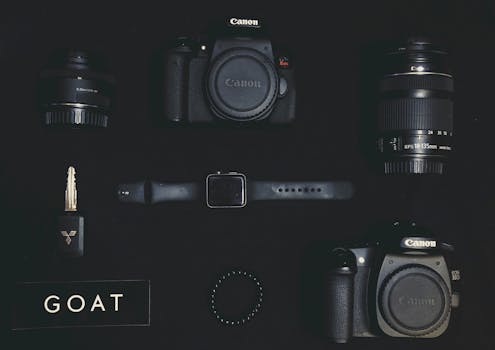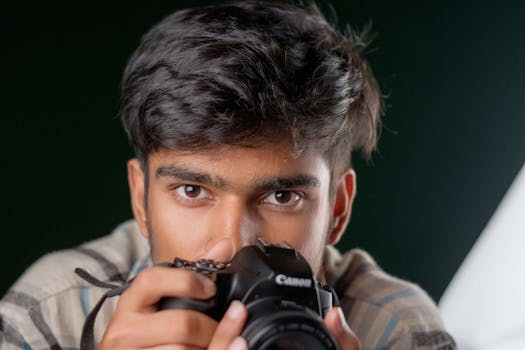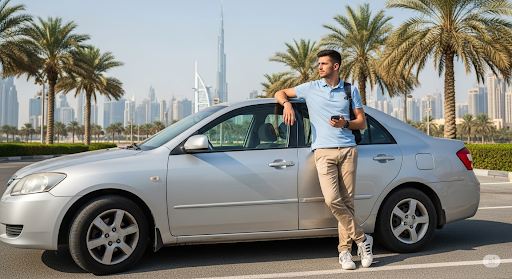Takeaways

The Evolution of Digital Cameras

Key Trends in Digital Camera Technology
As we explore the latest digital cameras, it’s essential to understand the key trends shaping the industry. Some of the most notable trends include:
- Mirrorless Cameras on the Rise: Mirrorless cameras have gained immense popularity due to their compact size and advanced capabilities. Brands like Sony, Canon, and Nikon have released impressive new models that rival traditional DSLRs.
- Improved Low-Light Performance: New sensors and image processing technologies are enabling cameras to perform exceptionally well in low-light conditions, making night photography more accessible.
- AI Integration: Artificial intelligence is becoming a key player in photography, with features like scene recognition, automatic adjustments, and advanced autofocus systems enhancing the user experience.
Top Digital Cameras of 2023
Let’s take a closer look at some of the standout digital cameras released in 2023:
1. Canon EOS R6 Mark II
The Canon EOS R6 Mark II is a mirrorless camera that boasts an impressive 20 fps continuous shooting speed, dual pixel autofocus, and exceptional low-light performance. With its 24.2 MP full-frame sensor, this camera is perfect for both stills and video.
2. Sony A7 IV
The Sony A7 IV is another remarkable mirrorless option, featuring a 33 MP full-frame sensor and advanced video capabilities, including 4K recording. Its versatile performance makes it suitable for both amateurs and professionals.
3. Nikon Z9
Nikon’s flagship Z9 has set a new standard in the mirrorless segment with its 45.7 MP sensor, 20 fps burst shooting, and robust build quality. It’s designed for professionals who need reliability and performance in demanding situations.
Budget-friendly Options for Beginners
For those just starting in photography, there are several budget-friendly digital cameras that offer excellent value without compromising on quality:
1. Fujifilm X-T30 II
The Fujifilm X-T30 II is an excellent entry-level mirrorless camera with 26.1 MP, offering a retro design, simple controls, and impressive image quality. It’s perfect for those who want to explore photography without breaking the bank.
2. Olympus OM-D E-M10 Mark III
This small and lightweight mirrorless camera is ideal for travel and street photography. With a 16 MP Micro Four Thirds sensor, it delivers great images and comes equipped with in-body stabilization.
3. Nikon D3500
For those who prefer a DSLR, the Nikon D3500 is a fantastic option. With a 24.2 MP sensor and a beginner-friendly interface, it’s perfect for new photographers looking to learn the ropes.
Understanding Camera Specifications

Sensor Size
The sensor size affects image quality, depth of field, and low-light performance. Full-frame sensors are generally preferred for professional work, while APS-C and Micro Four Thirds sensors are common in consumer cameras.
Megapixels
While more megapixels can lead to greater detail, they’re not the only factor determining image quality. A well-designed sensor and lens can produce stunning images even at lower resolutions.
ISO Range
The ISO range determines a camera’s sensitivity to light. A wider ISO range allows for more flexibility in various lighting conditions, making it easier to capture sharp images in low light.
Comparing Mirrorless and DSLR Cameras
Both mirrorless and DSLR cameras have their strengths and weaknesses. Here’s a breakdown of the two:
Advantages of Mirrorless Cameras
- Compact Size: Mirrorless cameras are generally smaller and lighter than DSLRs, making them more portable.
- Faster Autofocus: Many mirrorless models feature advanced autofocus systems that are faster and more accurate.
- Real-time Exposure Preview: You can see how changes in settings affect the image in real-time through the electronic viewfinder.
Advantages of DSLR Cameras
- Optical Viewfinder: DSLRs have an optical viewfinder that offers a clearer view in bright light conditions.
- Battery Life: Typically, DSLRs have longer battery life due to their optical viewfinders, which consume less power.
- Lens Selection: DSLRs often have a broader selection of lenses available, especially for professional use.
Conclusion

FAQs
What is the best digital camera for beginners?

Are mirrorless cameras better than DSLRs?
It depends on what you’re looking for. Mirrorless cameras are typically more compact and offer faster autofocus, while DSLRs have longer battery life and an optical viewfinder. Each has its pros and cons.
How many megapixels do I need?
For most photography needs, a camera with 16-24 megapixels is sufficient. More megapixels are beneficial for large prints or cropping, but they are not the only factor in image quality.
Can I use DSLR lenses on a mirrorless camera?
Yes, many mirrorless cameras can use DSLR lenses with the appropriate adapter, but it’s essential to research compatibility before purchasing.
What is the best camera for low light photography?
Cameras with larger sensors and better low-light performance, such as the Canon EOS R6 Mark II and Sony A7 IV, are excellent choices for low light photography.




